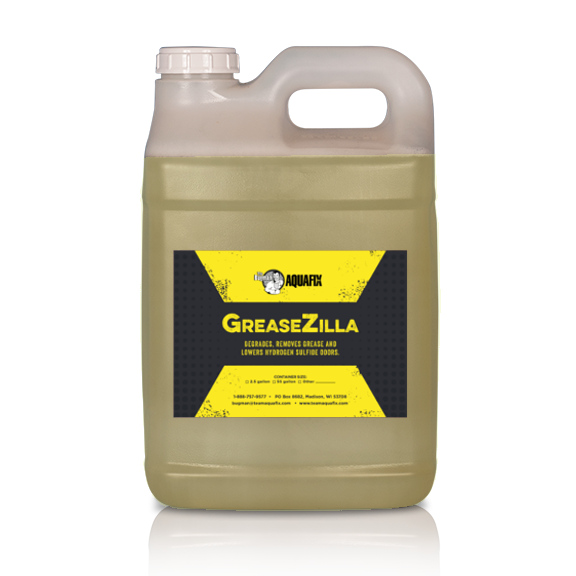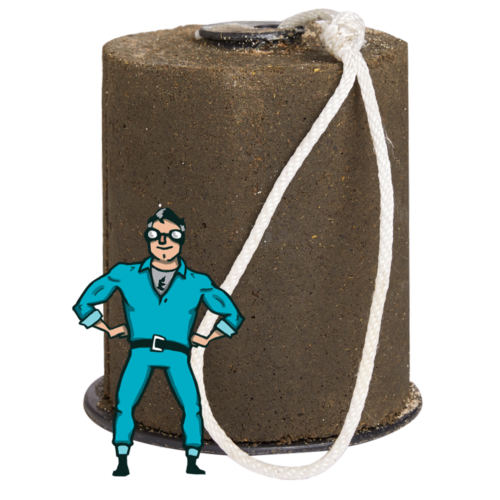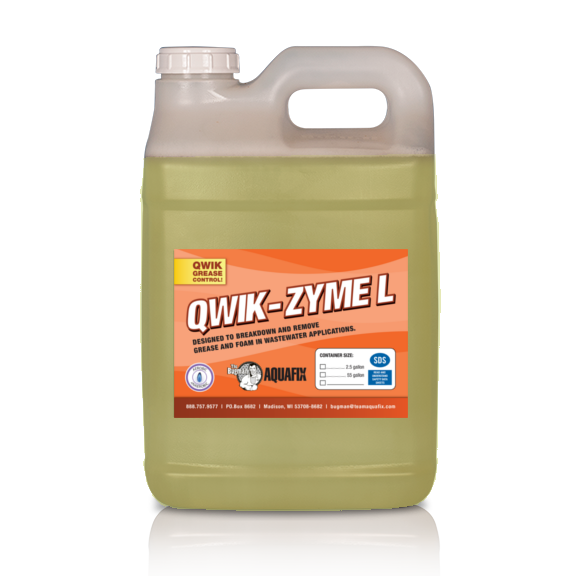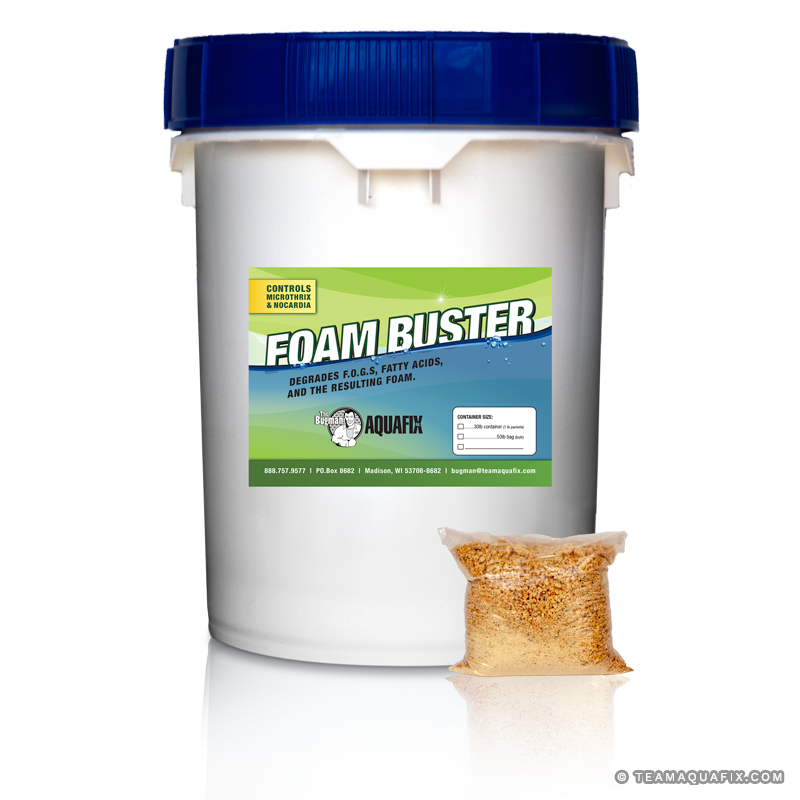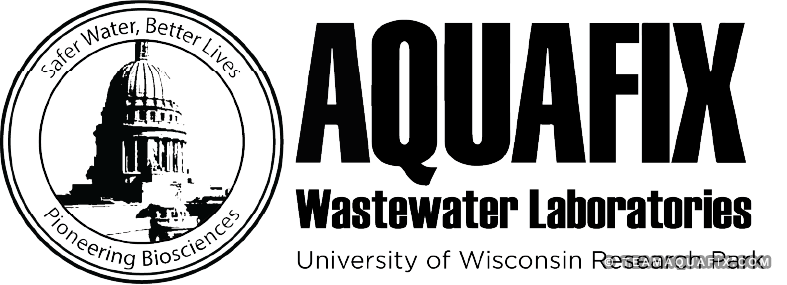
Better Fat, Oil, and Grease Control
by Dan McKeaton
In this webinar, Aquafix Chemist, Dan McKeaton will discuss how to help bacteria breakdown F.O.G. in lift stations and wastewater plants. For additional information or questions, please contact us at 888-757-9577 or training@teamaquafix.com.
Featured Products
GreaseZilla
GreaseZilla is a revolutionary new grease-digesting bacteria complex. It softens and removes grease, degrades grease on the walls, and lowers hydrogen sulfide. In lift stations, this is the top product for grease removal.
GreaseZilla combines hydrophilic bacterial cultures with a fast acting biocatalyst that quickly breaks up and digests grease in lift stations where it has hardened on the walls.
Qwik-Zyme L
Qwik-Zyme L is a grease degrader that incorporates three types of fat-degrading biocatalysts to provide dramatic hydrolysis of fat, oil, and grease (FOG). These catalysts speed the breakdown of complex fat molecules into simple short chain fatty acids, which can help lower phosphorus. This is not a bacterial product, but rather a high tech saliva. Qwik-Zyme L will degrade the FOG, and your bacteria will eat it.
Foam Buster
Foam Buster, our best foam-fighting technology, is a blend of specialized proteins, free amino acids, and micronutrients which stimulate the floc-forming bacteria to degrade grease, emulsions, and petroleum hydrocarbon-based products and enable the bacteria to outcompete the filaments which cause foaming.

